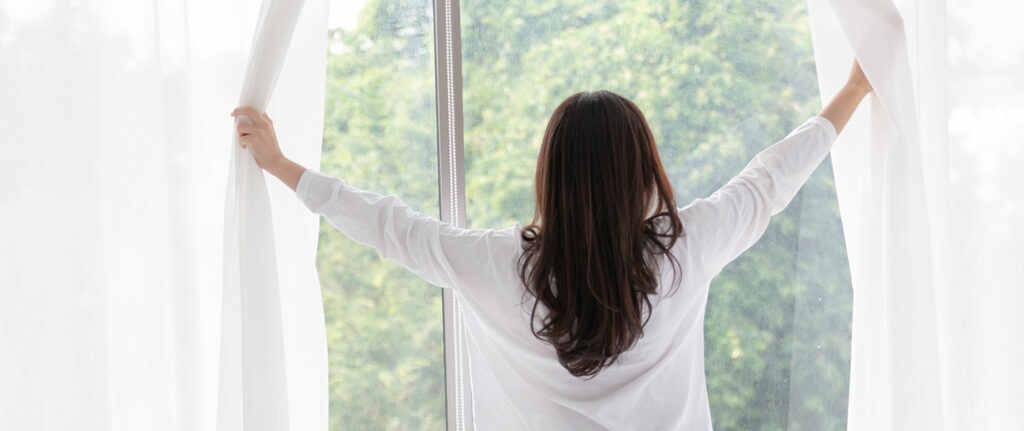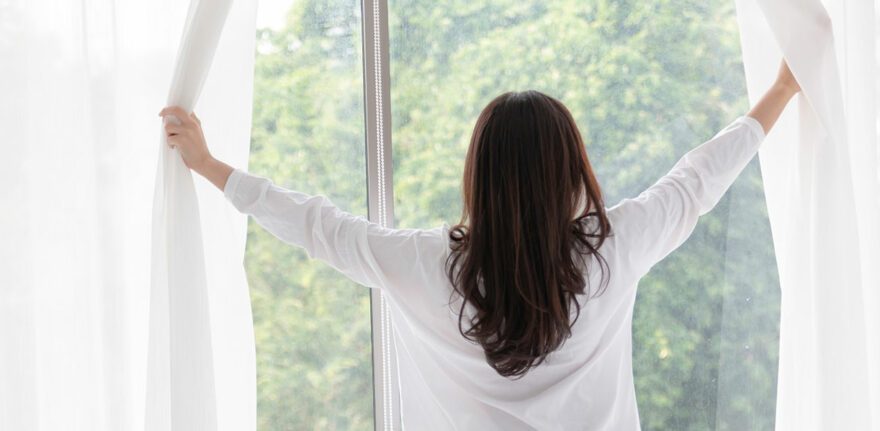Teen residential therapy aims to help troubled youth through difficult times. The facility’s design plays a vital role in the healing process. This post explores how thoughtful planning can create an environment conducive to positive change.

Content
Comfort and Calm
A therapeutic setting should feel welcoming and relaxed. Teens undergoing residential therapy in Meridian ID deal with immense stressors. The facility’s atmosphere must counter feelings of unease. Design elements like soft lighting, warm colors, and natural materials foster calm. Outdoor spaces give respite from structured programming. Teens can decompress amid greenery to regain composure.
Privacy with Purpose
Teens value independence yet need supervision. Facility layouts balance these needs. Private rooms allow solitude, but common areas encourage social engagement. Semi-private nooks provide quiet reflection away from peers. Therapy offices and classrooms maintain privacy while still being accessible to staff. Purposeful placement of spaces supports treatment goals within safety parameters.
Inspire Through Inspiration
Surroundings influence mood and mindset. Designs filled with inspiration motivate healing. Art displays showcase talent and hope. Quotes on walls reinforce strength and resilience. Windows frame nature’s beauty as a reminder of life’s goodness. A library stocked with biographies demonstrates overcoming adversity. Tactical use of visual stimulation lifts spirits and reinforces treatment principles.
Nurture Through Nature
Being outdoors lowers stress and lifts well-being. Facilities incorporate nature wherever possible. Outdoor classrooms bring the healing power of greenery indoors. Walking paths wind through gardens for exercise and mindfulness. A greenhouse allows hands-on horticulture therapy. A fire pit provides a calm social space under the stars. Connecting with nature through design supports emotional and mental health.
Empower Through Ownership
Giving teens ownership over their space fosters responsibility and control. Communal kitchens teach life skills while promoting socialization. A rec room supplies creative outlets and healthy distractions. Students can personalize bedrooms, respecting others’ needs. Input into facility operations and maintenance teaches leadership. Ownership through involvement in one’s surroundings boosts self-esteem critical for recovery.
Progress Through Purpose
Well-designed spaces facilitate treatment goals. Multi-use areas host group therapy, classes, and activities. A gym provides exercise essential for wellness. Classrooms and seminar rooms accommodate various programs. Outdoor class areas bring lessons outdoors. Therapy offices ensure privacy. Purposeful facility design supports the holistic, multi-disciplinary approach to residential treatment.
Conclusion
Thoughtful planning creates an environment conducive to healing. When facilities supporting teen residential therapy in Meridian ID incorporate elements like nature, inspiration, and empowerment through ownership, they nurture well-being. Design influences mood, mindset, and treatment outcomes. A facility embracing these principles shows compassion through architecture. It helps teens feel safe, supported, and able to focus inward on personal growth during difficult times.

Arlene Ross is a health blogger who enjoys writing on her website. Arlene has always had an interest in medicine, and she hopes to become a doctor one day. She loves reading about medical discoveries, especially when they are for rare conditions that don’t have much research yet. She also likes exploring the science behind different diets and nutrition programs.













